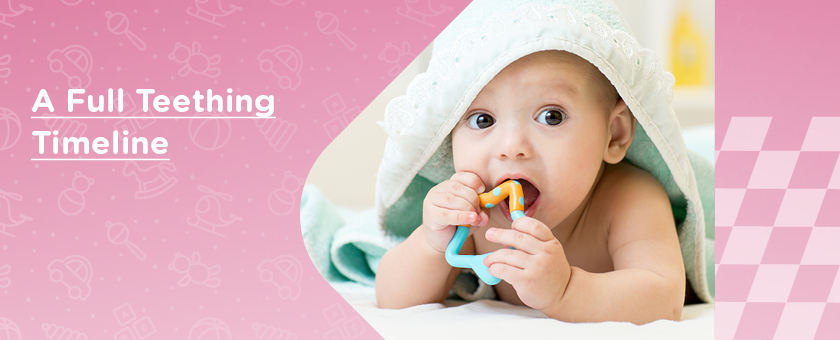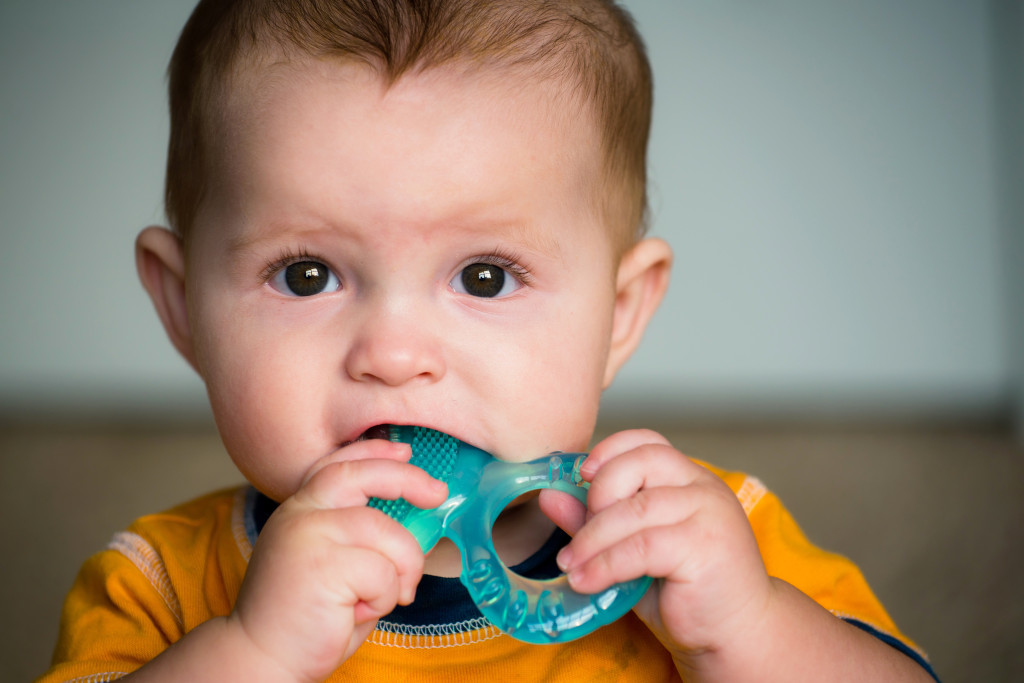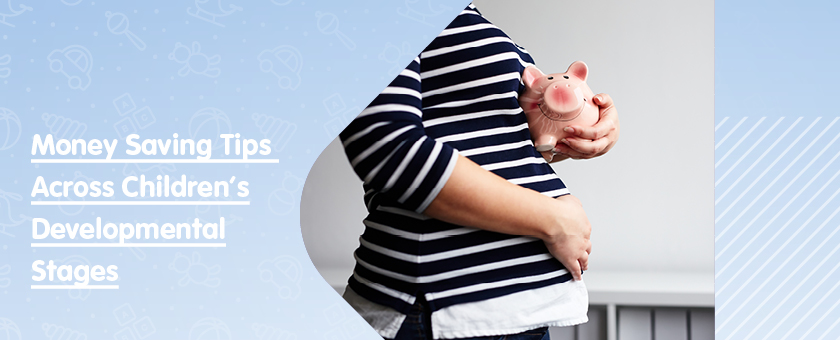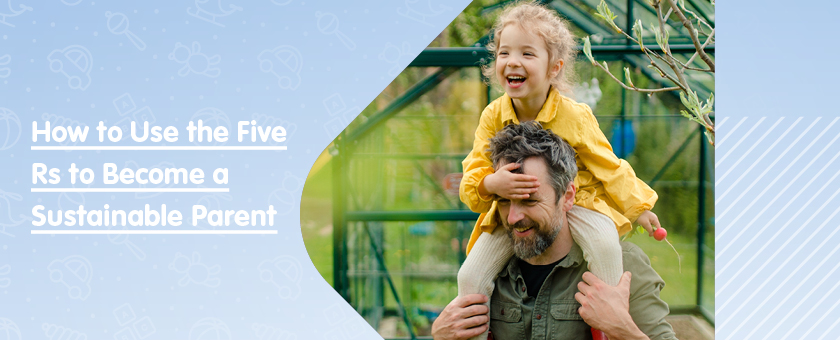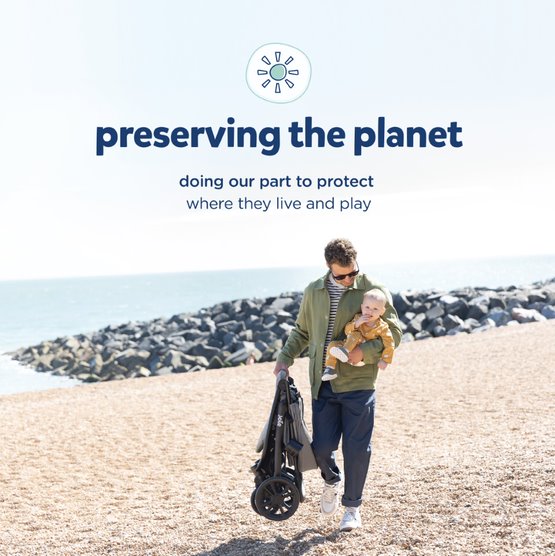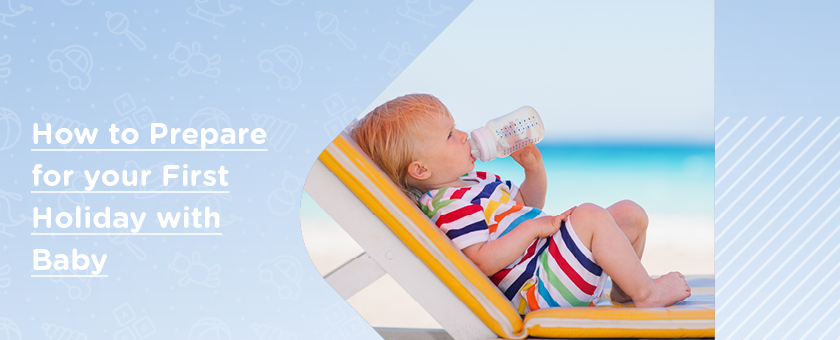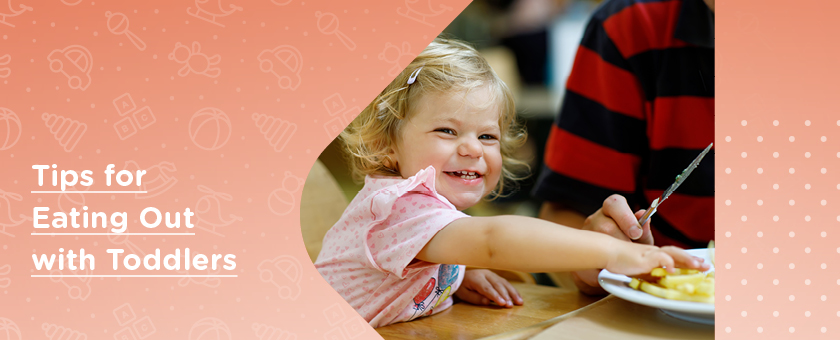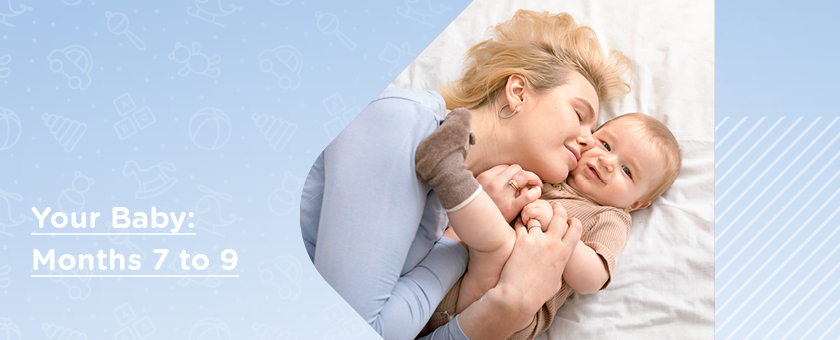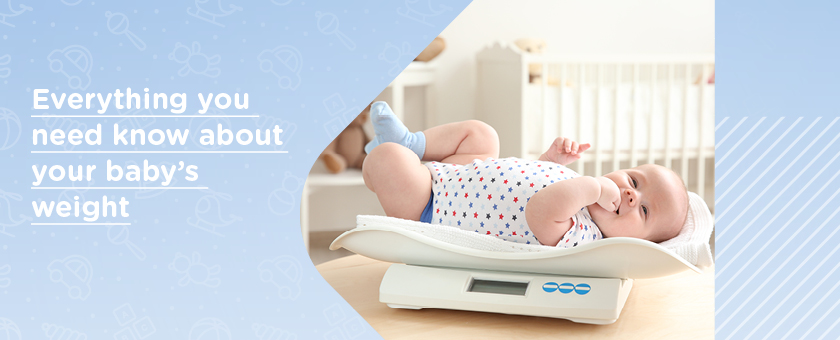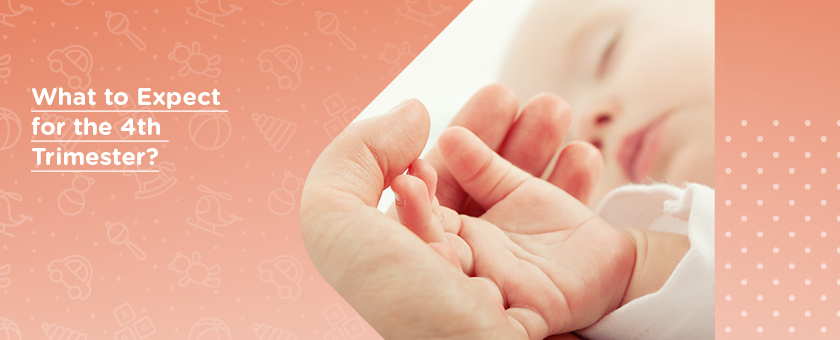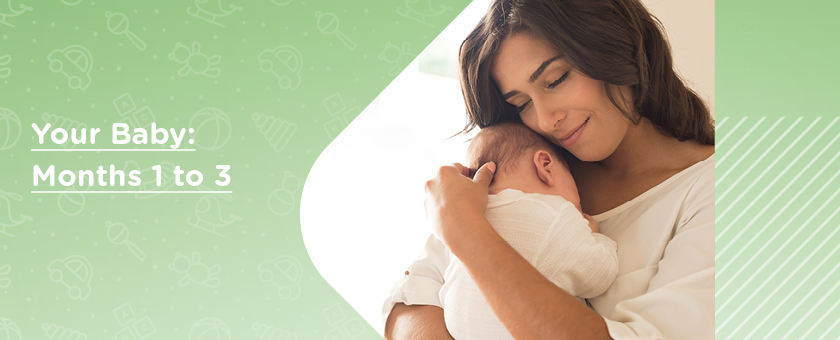The first year of your little one’s life is filled with countless milestones. One of which is when that first tooth starts to appear. Most highlights will bring you much joy. Like the first smile, rolling over for the first time or the first step. However, the teething process is not so sweet. It can be an overwhelming time for both parent and baby. Our timeline will walk you through when babies start teething, the symptoms and share tips on how to help soothe your tot.
When do babies start teething?
Teething begins around four to eight months with the lower front teeth. They also usually erupt in pairs. Eventually, all the teeth will progressively erupt, until your child has a full set of 20 milk teeth. These will last until their adult teeth are ready to pop through. This normally occurs around the age of six.
First teething symptoms
The process is commonly linked with gum and jaw pain. Sometimes you may notice a fluid-filled area over the erupting tooth. Also, the teeth may become more sensitive than others. The bigger molars may trigger more distress, due to their larger surface area. Throughout the teething period, there are some common symptoms including:
- Irritability – lots of mummy’s cuddles will help with this!
- Restlessness
- Swelling or inflammation of the gums
- Dribbling
- Loss of appetite
- Mouth rash – using a barrier cream aids with chapped and sore skin.
- Mild temperature
- Increased biting and gum-rubbing – ice cold teething rings, chew beads and any other teething toy will save the day!
- Ear-rubbing – with a clean finger, massage for one to two minutes to help with discomfort.
Teething timeline
As a general rule of thumb, it’s likely your little one’s teeth will appear within the following timeframe:
4 to 7 months
Throughout this period is when the process commences. The first teeth to erupt are normally the lower central incisors. These are the two middle teeth on the bottom row. This is also the time your sweetheart is becoming more active. They’ll be grabbing and pulling all sorts of objects towards their teeny tiny body and they may even be crawling about. Make sure to have all eyes on your tot during this time. As, they will want to put everything in their mouth whilst teething.
8 to 16 months
Between 8 and 12 months, your child’s upper middle teeth will develop. Moreover, between 9 and 16 months, their top and bottom teeth, right next to the middle teeth will begin to appear. You may notice other major milestones accomplished during this window. Most children can pull themselves up into a seated position, stand up without help and take their first few steps.
13 to 23 months
Usually, between 13 and 19 months of age, your tot’s first molars emerge at the top and bottom simultaneously. Soon after, their sharp, pointy canine teeth will appear on both the top and bottom row (16 and 23 months).
23 to 31 months
When it gets to the final hurdle, the teeth at the back appear on the bottom row. Most teething symptoms introduce themselves similarly amongst infants and toddlers. However, there are some signs to look out for as your child grows up. Mainly, they may now be able to express their pain and anguish, unlike infants who are unable to speak yet. For some babes, the aching may be significantly worse, as their first molars are larger compared to their other teeth.
What should I do if my toddler is teething?
Keep an eye on his temperature – a mild fever of around 38c is normal and to be expected. However, if it is higher, you should get him checked out by your GP in order to rule out any other illnesses or issues.
Keep a supply of pain relief in the house – paracetamol is generally good enough to keep the pain at bay, but you can supplement this with ibuprofen.
To help with the pain, keep your toddler distracted with lots going on – the more going on to entertain him, the less likely he will be to focus on the pain. Try a cold flannel that has sat in the fridge for a while, or some cold snacks such as cucumber, carrot or celery sticks – they will all provide relief even if they are not eaten!
And remember, snuggles and cuddles go a long way to helping a poorly little toddler feel better!
Tips to soothe your baby
Teething toys offer enormous relief for your little one’s teething tantrums, whilst also keeping them entertained. Teething tots are always on the hunt for something to chew on. Toys specifically designed to relieve a baby’s gums offer short-term relief.
Our Sophie La Giraffe Teether is functional and cute all at the same time! It is designed to encourage each of the five senses. Your little one can easily grasp this teether. This makes the toy a wonderful option for on-the-go teething relief. Made from natural materials and non-toxic food grade paint, means your tot is safe and sound with Sophie.
It’s also useful to stock up on cold washcloths. The pressure produced by biting down aids in ridding of some of the discomfort. Additional things that can be beneficial include bottle of cold water or chilled foods. That is of course, if they’re old enough to munch on solid foods. If so, try fruit and veg, like a cold banana or cucumber.
You should feel equipped to tackle the teething journey with your little one – from being educated on when do babies start teething to the first teething symptoms. There’s really no way to approximate how long the process lasts. Fortunately, no matter what their age, there are numerous approaches, to assist in reducing discomfort. As long as your sweetheart has lots of cuddles and fun toys to chew on – the journey will be easier!

